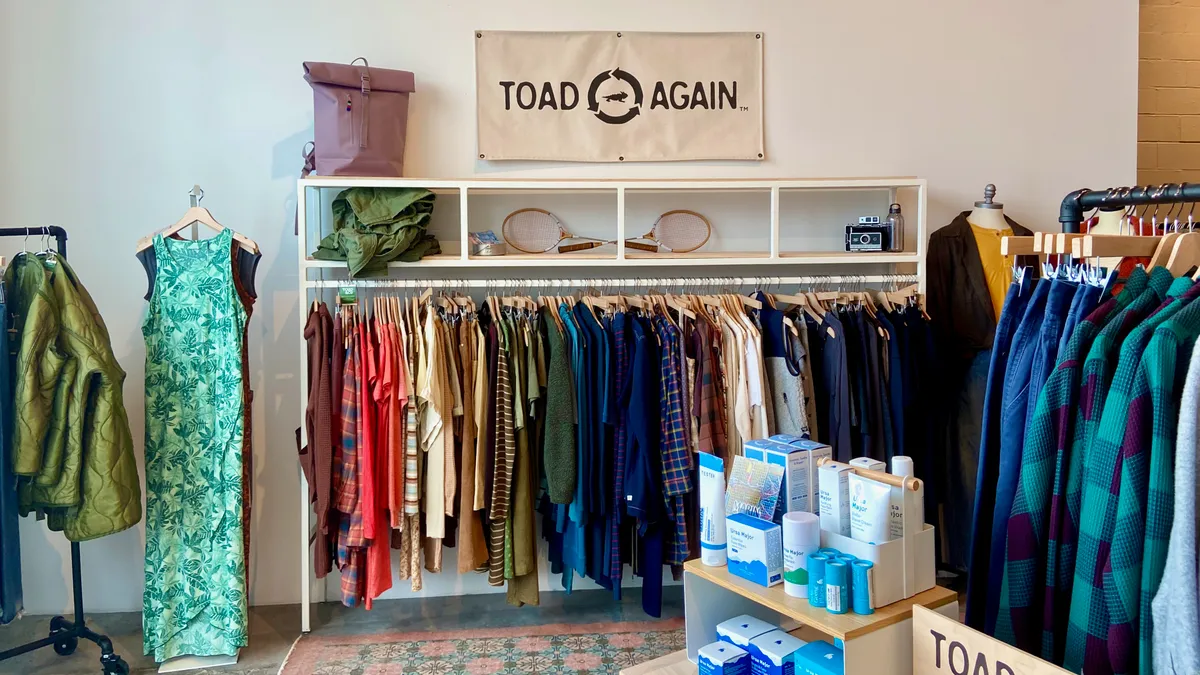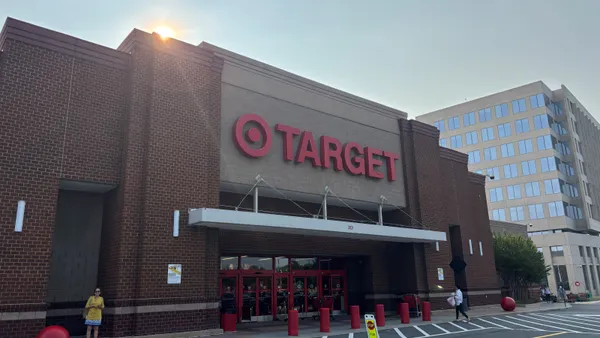As the number and thickness of consumer magazines has shrunk on the newsstands over the past several years, anyone would be forgiven for buying into the idea that print media is dead. But early this year, a number of glossy new magazines have taken the print world by storm. One especially, fashion retailer Net-a-Porter’s Porter magazine, has drawn comparisons to Vogue magazine from fashionistas and media experts alike.
Great content is an opportunity to tell the story of a brand
A retailer’s brand is a unique set of qualities that set it apart in people’s minds. It's never been good enough to leave branding to the marketing department alone -- the logo, the colors, the advertising, the written content. Ultimately, a brand is determined by how well promises made to its customers -- whether based on price, luxury, quality, customer service, or, most likely, some combination -- are kept. Everything a retailer does in some way reflects its brand and makes good on the pledge that its brand publicly makes.
We're in a whole new world of branding content -- the communications that carry the message of the brand. Thanks largely to social media, the number of opportunities for communication has skyrocketed, with social media to some extent replacing (or at least working along with) advertising as the everyday drivers of most retailer's content. It's where companies tell their stories and reach their customers moment by moment.
Social media is still evolving but will always be a fast-paced, two-way street
There are studies that show every social media platform as the best. There are certain ways Facebook is helpful, but by other measures Pinterest wins. Twitter is getting more important, and there must be retailers out there figuring out how to use Google+.
But even when those assessments are right at the time, social media is evolving constantly. There may be changes announced tomorrow, changes the sites themselves make or changes in consumer habits. Developers are tweaking them, they change their terms of use, and they introduce new advertising policies. Something's probably different about one of them right this minute. Consumers obsess about them, drift off, then come back.
Above all, though, social media provides highly personalized, highly dynamic virtual social spaces where customers expect interaction. Marketing departments in charge of these campaigns must be thoughtful and very responsive to the quirks and demands of social media at all times, and roll with the punches on what is still a very democratic internet. It’s challenging, but the effort helps bring a retailer's brand to a very human level.
Magazines offer slower, more controlled ways of communicating
In many ways, publishing a magazine is the best of both worlds: a stable reflection of a company’s brand that has the dynamic flow of new content every few months. The new trend in custom magazines, however, is a departure from most of the less-than-exciting pages of many traditional custom publications that, frankly, sometimes seem to be put together by people who didn't think anyone would actually read them.
The new wave of retail magazines requires top-notch content
Above all, the new magazines are of notably high quality, and not just with their paper or photos. Well-written articles, put together by professional writers, editors, and designers, are making the difference.
Take apparel retailer Net-a-Porter’s publication Porter, which debuted last month. Even media critics who wanted to hate it didn't seem able to. Porter is certainly behaving like a pro: It will be published six times a year and costs $48, more than Vogue has dared charge for a year's subscription for a long time.
The publication has taken the fashion world by storm, not just in fashion circles, but in publishing ones, too. The quality of the magazine — Porter’s editor-in-chief Lucy Yeomans was at Harper’s Bazaar before taking the reigns — rivals that of Vogue, at least according to early reviews.
A print magazine creates a whole world that fits with a retailer's brand
Net-a-Porter Group founder and CEO Natalie Massenet has said that the company has focused on content “since day one” and that, although its innovations have so far been in the digital space, print could not be ignored forever. In a way, this is akin to how a retailer could take full advantage of its physical stores. Brick-and-mortar can either be viewed as a tired relic or as a vital part of the omni-channel experience that should be used to its full potential.
At about the same time that Porter hit newsstands, online luxury accessories retailer Editorialist published the first print version of its web content, the Editorialist. The magazine is printed less often and goes out to a very select few of its customers (the ones who buy the most) at no charge. The content is also available online, where opportunities to buy products are also woven in.
But both Porter and the Editorialist take the custom publication to new levels by bringing its consumers more than information that ties directly to its products. They are, in fact, drastically expanding the role of the content, even as they're keeping it consistent with their brands.
Especially in the case of Porter. Rather than feeding customers what the company wants to them know about its products or even its brand, it is enticing them. There is more of a come-hither quality, a sense of belonging. Swedish clothing collective Acne takes this almost to the extreme; its Acne Paper doesn’t even mention its clothes.
“We meet people from various fields who know of the Paper and not of the clothes, which is the best result one could hope for,” Mikael Schiller, the company’s chairman, told the New York Times. “We are doing this in the format of this magazine to spend money on a project that helps build great creative relationships and at the same time sends out a message that people all over the world respond very positively to.”
Would you like to see more retail news like this in your inbox on a daily basis? Subscribe to our Retail Dive email newsletter! You may also want to read Retail Dive's look at the four ways e-retailers can fight the brick-and-mortar advantage.



















